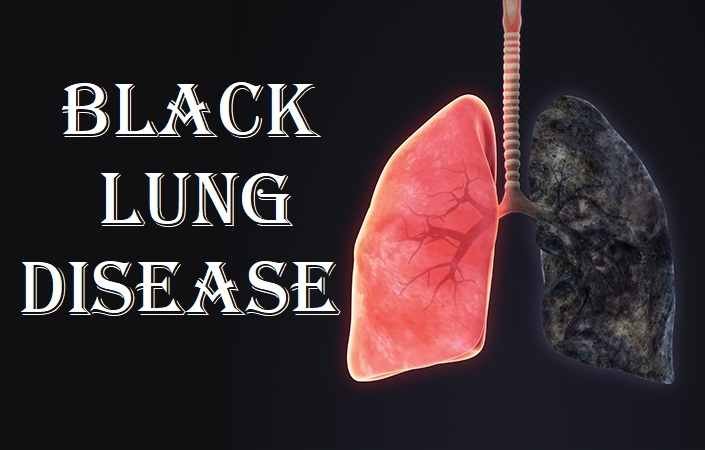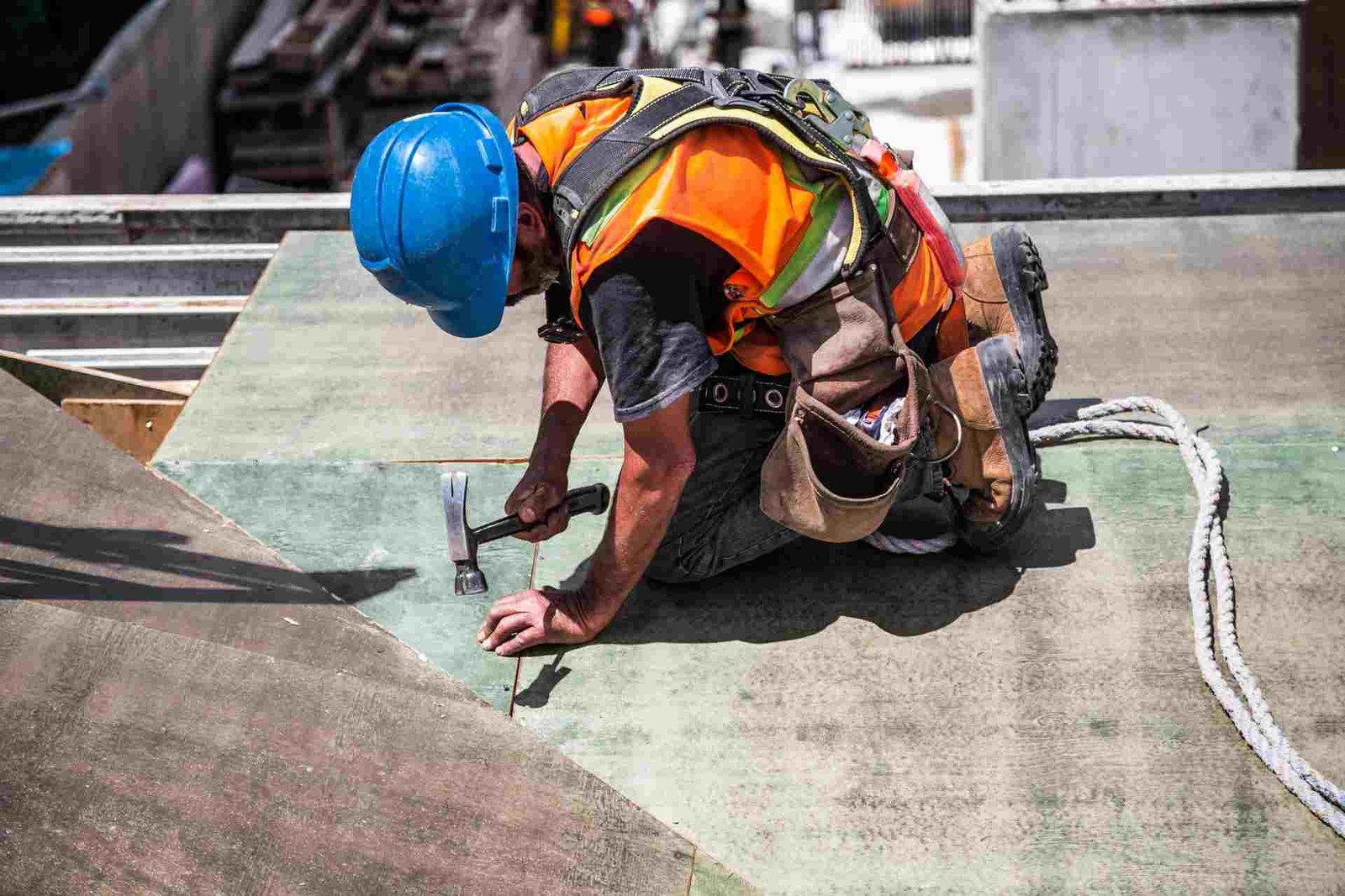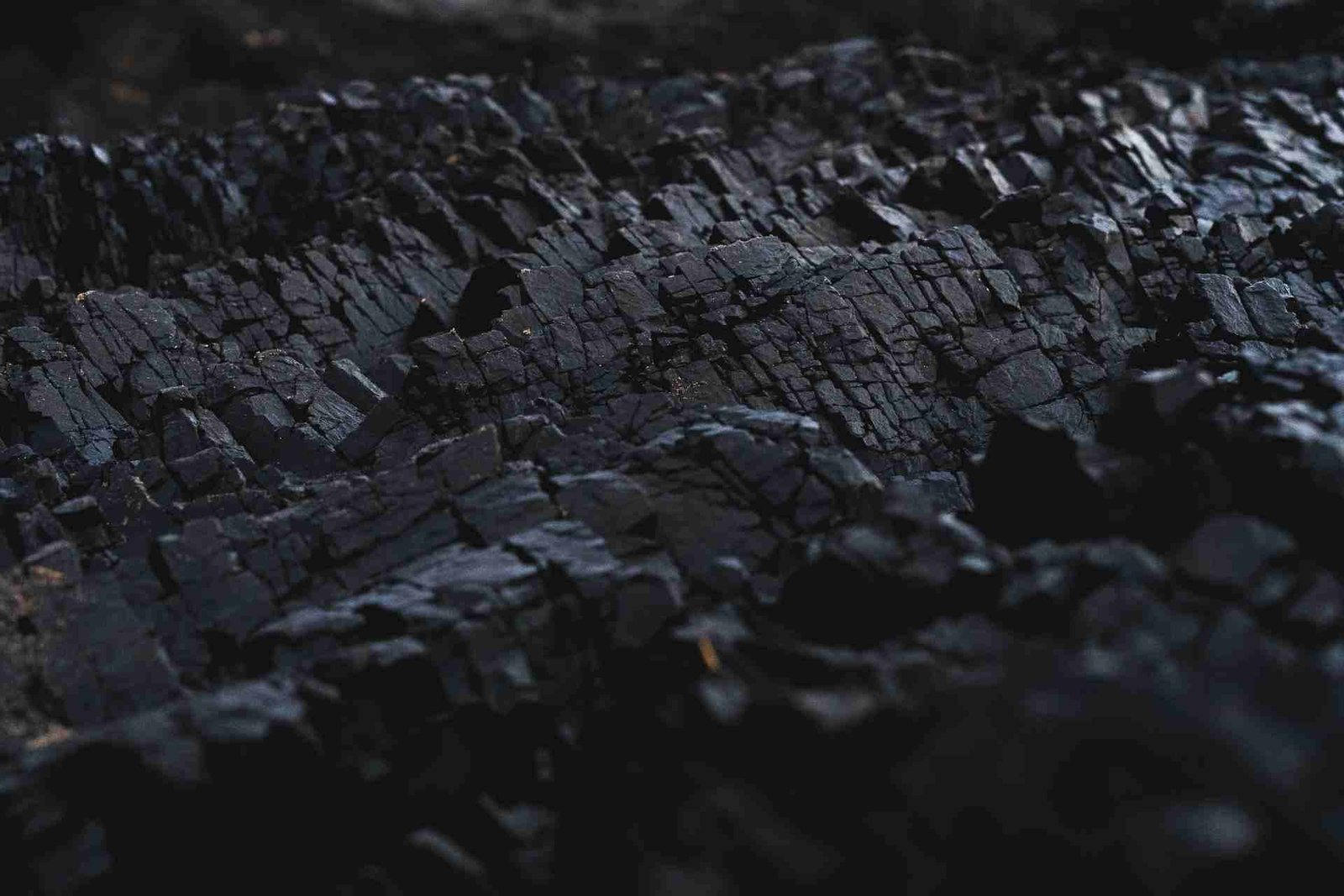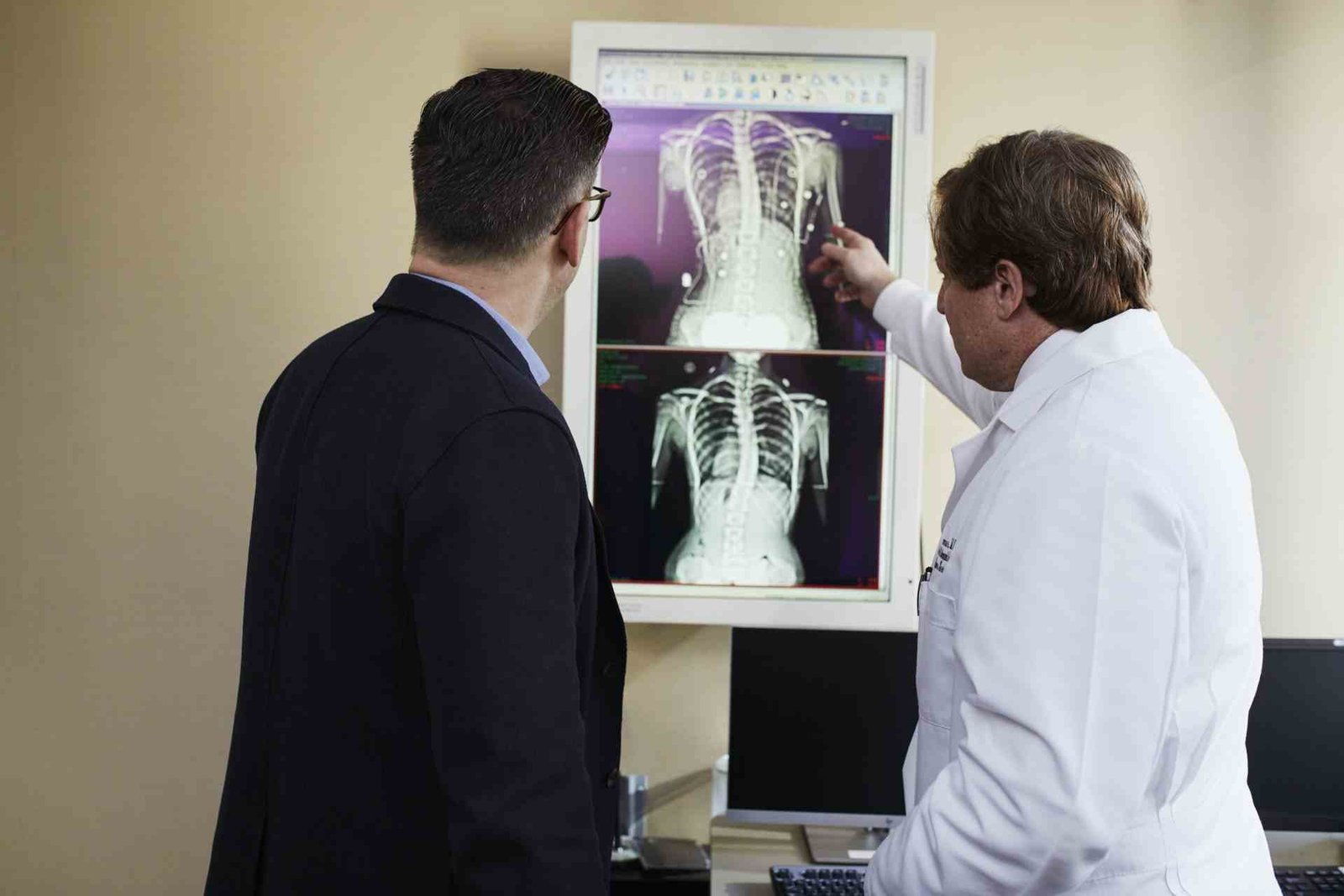Black Lung Disease

Black lung disease is the common name for Coal Worker’s Pneumoconiosis(CWP) or anthracosis, a lung disease of older workers in the coal industry caused by inhalation, over many years of small amount of coal dust. Black lung disease has known by many names including anthracosis, black lung, black spittle, coal worker’s pneumoconiosis, miner’s asthma, and silicosis.
Coal miners may also be exposed to silica-containing dust because coal mining may involve some drilling into silica-containing rock. However, not all workers will develop the disease. Recent studies founds that only 16 % percent of coal miner have this disease. Most people don’t have to worry about it because this isn’t genetic and contagious but people who works on coal mining always on the risk of getting it. The inhalation and accumulation of coal dust into the lungs increases the risk of developing chronic bronchitis and chronic obstructive pulmonary disease (COPD)
Diacetyl, the compound used to give movie popcorn its buttery flavor, also can lead to the disease. This is known as popcorn lung.
What causes Black Lung Disease?

This is considered as a job-related illness. It is caused by breathing in coal dust over a long period of time (usually more than 10 years).
How many types of Black Lung Disease?

There are two types of black lung diseases:
- Simple black lung
- Complicated black lung
Simple Black Lung Disease:
Simple black lung disease is caused by coal dust collecting in the small airways in your lungs. this causes a small amount of scar tissue. The tissue may appear on an X-ray as round, thickened areas called nodules. This type of disease is sometimes called Coal Worker Pneumoconiosis, or CWP. Most people with simple black lung disease do not have any symptoms.
Complicated Black Lung Disease:
This is also known as Progressive Massive Fibrosis or PMF. Fibrosis means that a lot of scarring is present in the lungs. This causes large scars in your lungs and makes it very hard to breathe.
For either simple or complicated pneumoconiosis, the damage causes the loss of blood vessels and air sacs in your lungs. The tissues that surround your air sacs and air passages become thick and stiff from scarring. Breathing becomes increasingly difficult. This condition is called interstitial lung disease
What are the symptoms of Black Lung Disease?

Just because you work in the coal industry doesn’t mean you’ll get black lung disease. It can take years or decades for the disease to develop. Some people don’t have symptoms until they retire.
Symptoms of Black lung often depend on how severe the disease is. Simple black lung may have no or few symptoms and show up only on an X-ray. Complicated black lung may cause mild to severe difficulty breathing. Symptoms may include:
- Cough, with or without black sputum
- Lots of phlegm
- Shortness of breath
- Chest tightness
- Heart failure (when your heart doesn’t pump blood as well as it should)
- Phlegm production
What are the complications of Black Lung Disease?

In addition to respiratory problems, black lung disease can lead to several other medical complications. These include –
- chronic bronchitis
- chronic obstructive pulmonary disease (COPD)
- Progressive respiratory failure
- Lung cancer
- Tuberculosis (but this is now rare)
- Heart failure caused by pressure inside the lungs
How Is Black Lung Disease Diagnosed?

The diagnosis of black lung disease is usually based on three factors:
- Chest radiography consistent with CWP
- History of working around one or more of the invasive agents
- Exclusion of alternative diagnoses (mimics of CWP)
Your physician may take the following steps to confirm the diagnosis:
- Personal history of work exposure
- Physical examination
- Chest X-ray or CT scan to look for lung nodules, masses, and interstitial disease
- CT scan of the chest
- Pulmonary function studies, including blood gasses
- Biopsy
How is Black Lung Disease treated?

There is no cure or discovered treatments for black lung disease. Some patients are given oxygen to help with their breathing and are advised to stop smoking to prevent further decline in lung function. In the most extreme cases, a lung transplant could be done to help prolong the patient’s life expectancy.
Once the disease has been diagnosed, treatment is aimed at keeping it from getting worse and controlling your symptoms. A treatment plan may include:
- Not smoking
- Avoiding all dust exposure
- Using oxygen
- Taking medications called bronchodilators that open lung passages
How can you prevent yourself from Black Lung Disease?

The Occupational Safety and Health Administration has safety standards for workers at risk for black lung. When they’re on the job, coal workers should:
- Wash their face and hands before eating, drinking, or taking medicine.
- Not smoke.
- Get regular chest X-rays.
- Wearing a mask
- Removing dust from skin and clothing
- Stopping tobacco use
Seeing your physician for regular check-ups, including chest X-rays.



